Top 5 Synthesizers at Superbooth 2019 by Soma, Novation, Pittsburgh, UDO, Gamechanger
Superbooth this year was packed with a bundle of inspiringly fabulous noise making machinery and sound shaping systems of synthesis. From those three days of chaotic, creative and very loud production demonstrations I’ve pulled my top 5 synthesizers.
Soma Laboratories Pulsar-23
More drum machine than synth – or perhaps more environmental pulsating rhythm repeater than drum machine – the Pulsar-23 was a truly remarkable device. I called it months ago when I first saw the prototype in action, I knew this was something special. It shirks the usual pattern and steps you find in most synths/grooveboxes/drum machines and instead uses audio loopers to build and layer tracks. There are four sound generating channels that lend themselves to experimental tones and percussive noises using a combined total of 23 synthesizer modules. These include effects, modulation, clock sources and dividers, random/chaos, attenuators and so on.
It has a very open and flowing interface with no quantization or order. They can be controlled manually or by CV or by USB/MIDI so you can bring the beast under some kind of grid control if you wish. But ideally you should get stuck in tapping away on the metal disk triggers to start building your rhythm with live performance.
The patch system is very interesting and terribly simple. It uses posts and crocodile clips rather than sockets and patch cables. This makes it very easy to combine destinations and sort of hack your way around it. It also allows you to get your fingers in there and use your body as a modulation source.
It is, of course, more drum machine and drum synthesizer than anything else but as with all Soma Labs devices they defy categorisation.
Enjoy creator Vlad Kreimer’s demonstration from the show.
https://youtu.be/qadKWjvg6oU
Pittsburgh Modular Voltage Research Labs
Pittsburgh continues their exploration of stand-alone synthesizers with the remarkable looking Voltage Research Laboratory (VRL). It consists of a complex synthesizer voice combined with an unusual and innovative controller and is designed to offer an adventurous playground of sonic excitement. It’s all contained in a good looking hardwood case that gives it a real vintage vibe. But it’s not as it seems because the VRL is actually 3 Eurorack modules combined into one instrument but where the modules are also available separately. This gives is a whole other life as part of a much larger system.
The VSL Voice consists of a complex oscillator, a secondary oscillator, two function generators, a pair of dynamic processors and an analog delay. In the complex oscillator they have found a way to fold square and triangle waves giving it some really unique textures. The function generators can work as envelopes or LFOs and can be tied together for some very creative modulations. The Dynamic processors are essentially low pass gates containing a filter and VCA. Everything is patched out at the bottom including some additional logic, clocking and multiples. MIDI is also integrated into the system. It has a very organic feel to it, a natural sound that speaks of environmental and earthiness while surrendering to its electronic sonic qualities
The VSL Controller features configurable multi-dimensional touchpads. There are two sets of 5 that work duophonically and offer a flexible and interactive performance surface. There’s a channel animator to generate complex and chaotic sequences which can be both inspiring and intuitive. And then there’s an output module with headphones and such like.
The VSL combines some wonderfully interesting modules into an innovative and experimental instrument that can also be tamed into being a powerful part of your Eurorack.
You are currently viewing a placeholder content from YouTube. To access the actual content, click the button below. Please note that doing so will share data with third-party providers.
More information – Pittsburgh Modular website.
Gamechanger Motor Synth
Certainly the Motor Synth should get an award as the most mechanically analogue synthesizer of the show. The sound is generated by 8 electromotors that physically spin disks alarmingly behind a plexiglass panel on the synth giving 4-voices from 2 motors each. The optical disks being spun contain waveforms that are being read by infrared as they move – that speed being interpreted as pitch. At the same time the mechanical noise is being captured via a magnetic pickup. This gives the Motor Synth a very visceral and grounded sound that matches the physicality of its creation.
Once you get past the oscillators then you have the usual synthesizer functions including a multi-mode resonant filter with drive and modulation. It has a cool looping system for layering up melodies and rhythms and also a tracking input that follows external signals for harmonisation or instant chord creation.
The Motor Synth is gnarly and growly with a unique lilt due to the tiny amount of time it takes the motors to change speed. Never seen anything like it before.
You are currently viewing a placeholder content from YouTube. To access the actual content, click the button below. Please note that doing so will share data with third-party providers.
More information – Gamechanger Audio website
UDO Super-6
The UDO Super-6 gives the impression of being a polysynth in the Oberheim style but there’s actually a whole lot more going on in here that has the potential to be really very special. I say potential because the Super-6 on show was very much a prototype and incomplete. The basics are that it has digital oscillators, 2 per voice, built and designed on FPGA chips in which you can model complete analogue circuitry with all the character that implies. It has up to 12 voices but the magic happens in “Super-6” mode where those voices are doubled up and spread spectacularly across the stereo field to create a binaurally interesting sound.
The oscillators feed into a completely stereo signal path through analogue filters and VCAs which means that the sound reaches the other end differently to how a mono signal reaches some stereo effects in a regular synthesizer. This difference between the left and right channels has an effect similar to detuning where it widens and phases against each other to add an amazing quality to the sound.
The Super-6 is a surprising synthesizer with both a classic and a futuristic sound that should be awesome once it all comes together.
You are currently viewing a placeholder content from YouTube. To access the actual content, click the button below. Please note that doing so will share data with third-party providers.
UDO Audio website.
Novation Summit
Take two Novation Peak polyphonic desktop synths, reveal many more controls on the front panel and integrate it with the keybed from the SL MkIII MIDI controller and you have a powerful 16-voice synthesizer. The Summit feels a bit like what Novation should have led with rather than the Peak. The Peak has never quite gets the attention it deserves and maybe that’s because it’s a desktop unit unlike the more traditional keyboard-based synths like the Korg Prologue, DSI OB-6 or Roland System-8. But better late than never!
More control has been added to the extra front panel real-estate including FM controls for each oscillator, effects, LFOs and more. It now has dual filters with 6 mode combinations and an input for external audio processing. The signal path is analogue and true stereo through the filters, the VCAs and then three stages of analogue distortion. The digital Oxford oscillators can come up with subtractive, FM and wavetable synthesis derived from an FPGA chip and adjustable or drift and divergence as it models the instability of analogue circuits.
The Summit has a wide sonic palette that can be split and layered to produce some wonderfully animated sonic soundscapes and massive sounds.
You are currently viewing a placeholder content from YouTube. To access the actual content, click the button below. Please note that doing so will share data with third-party providers.
More information – Novation website.
What’s your Top 5?
So that’s what illuminated my synthesizer darkness over Superbooth 2019. Tell us about what inspired you in the comments below.
8 responses to “Top 5 Synthesizers at Superbooth 2019 by Soma, Novation, Pittsburgh, UDO, Gamechanger”

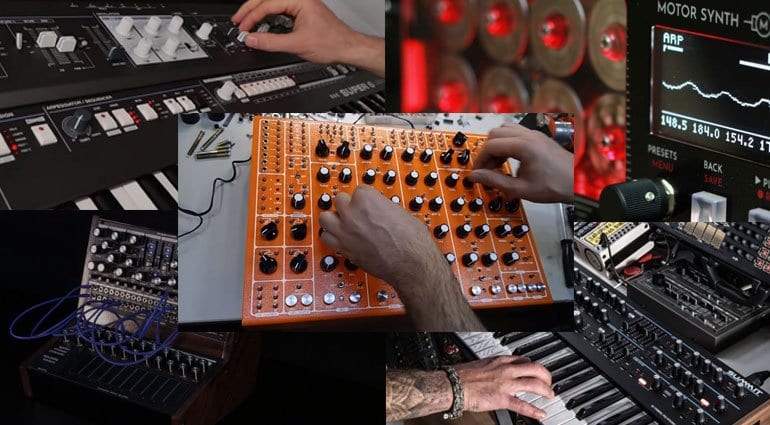
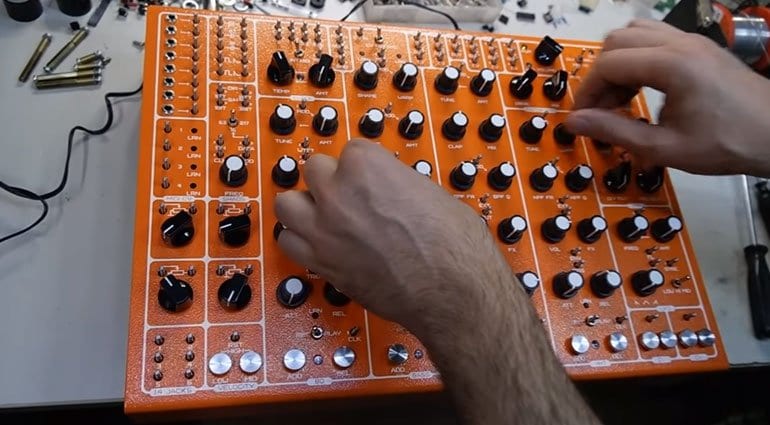
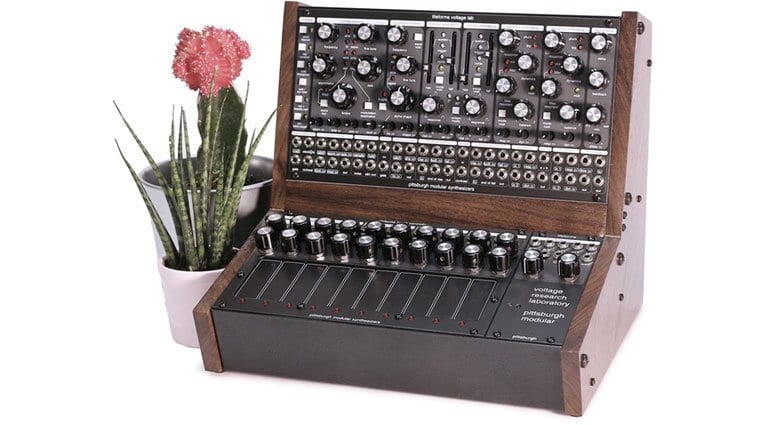
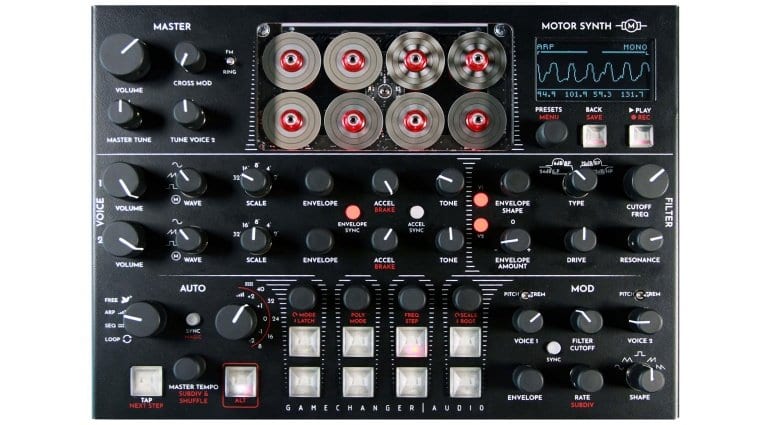
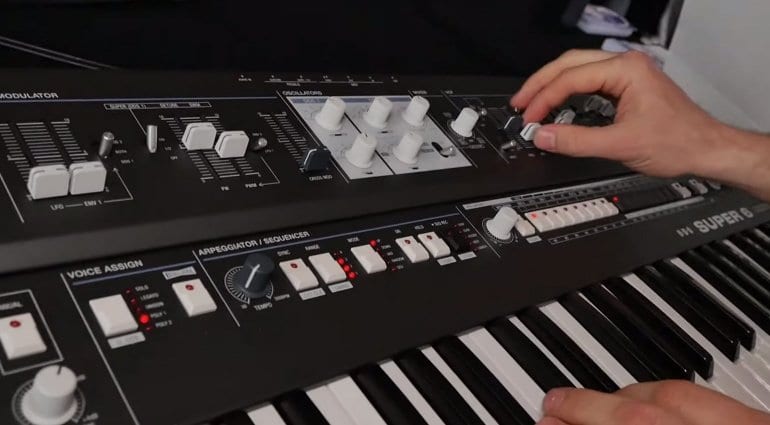
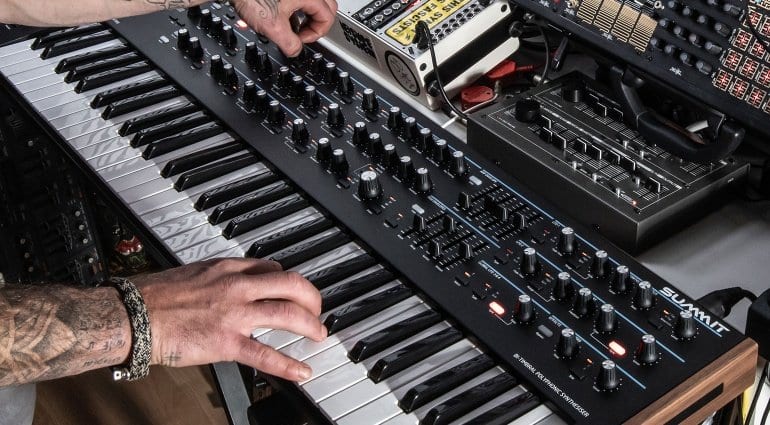






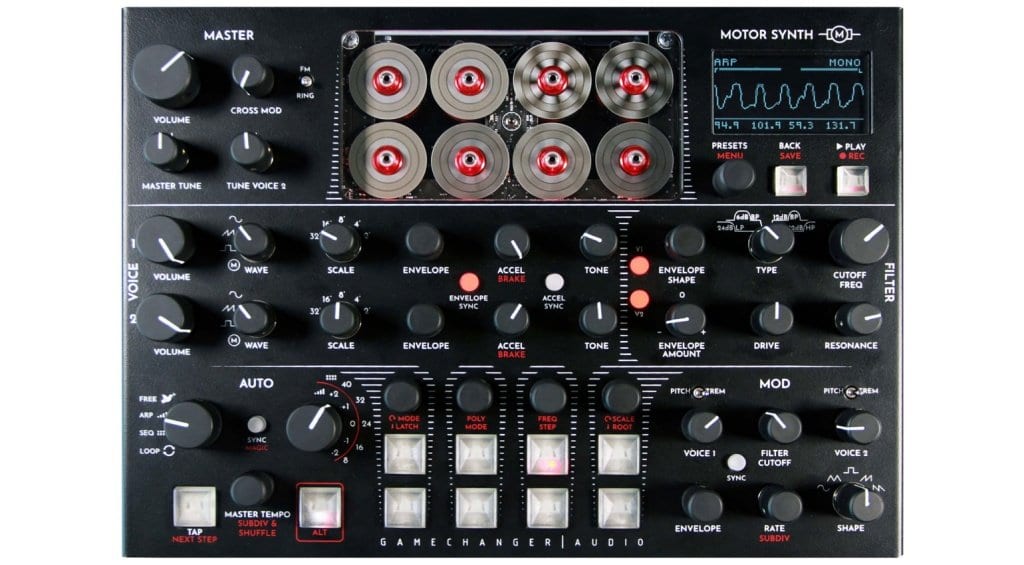
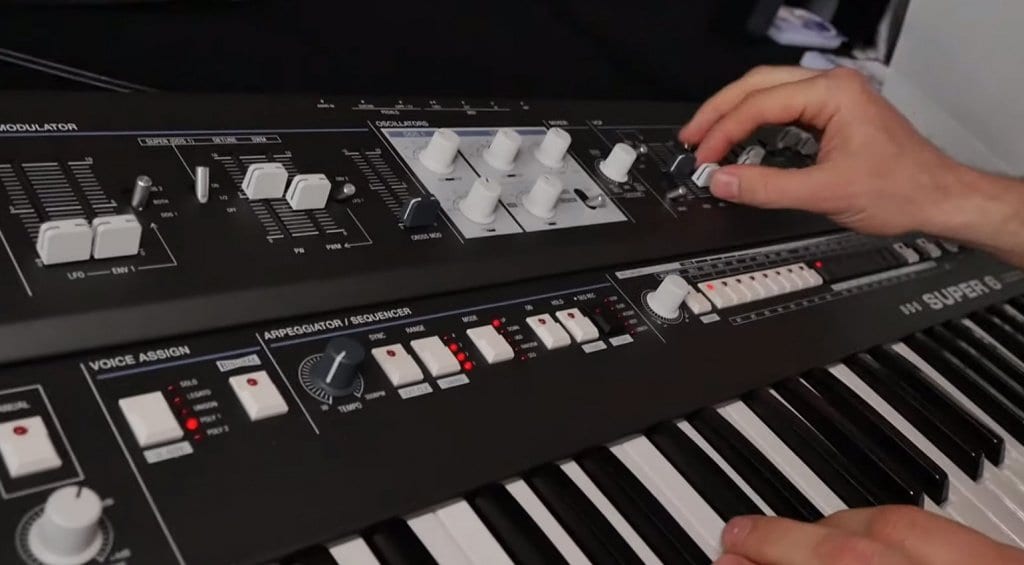
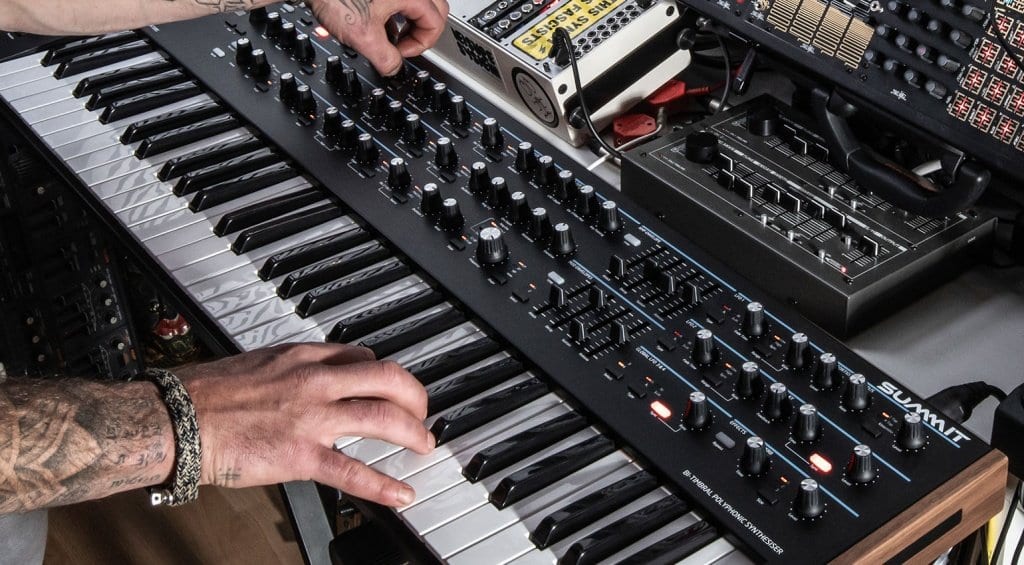
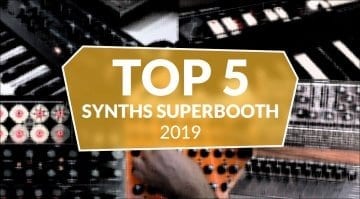

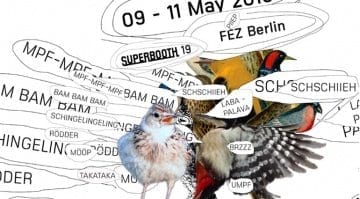
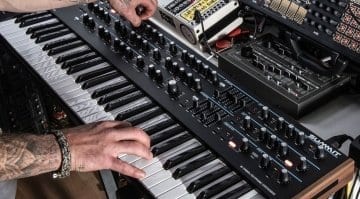
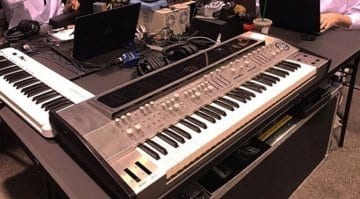
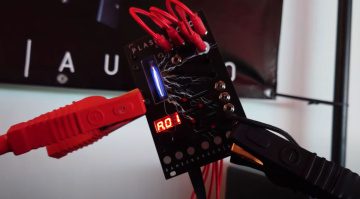
Cool machines, but add MFB Synth 8.
Well there’s only room for 5. There were other contenders like the Space Bee and the Fenix VI, so i had to make my choices.
I came here to say that lol. I think that the synth 8 just knocked the Rev 2 desktop off my wish list
What about the MFB??
The UDO super 6 caught my attention. Sounds really good.
I think you forgot the Moog Matriarch and the Flame Mäander
No, not really. The Matriarch was released at Moogfest and the Flame revealed their machine around NAMM so neither were new at Superbooth.
I liked the new Pittsburgh so much I signed up for Kickstarter. The Summit is boring IMO.
You are currently viewing a placeholder content from Facebook. To access the actual content, click the button below. Please note that doing so will share data with third-party providers.
More InformationYou are currently viewing a placeholder content from Instagram. To access the actual content, click the button below. Please note that doing so will share data with third-party providers.
More InformationYou are currently viewing a placeholder content from X. To access the actual content, click the button below. Please note that doing so will share data with third-party providers.
More Information